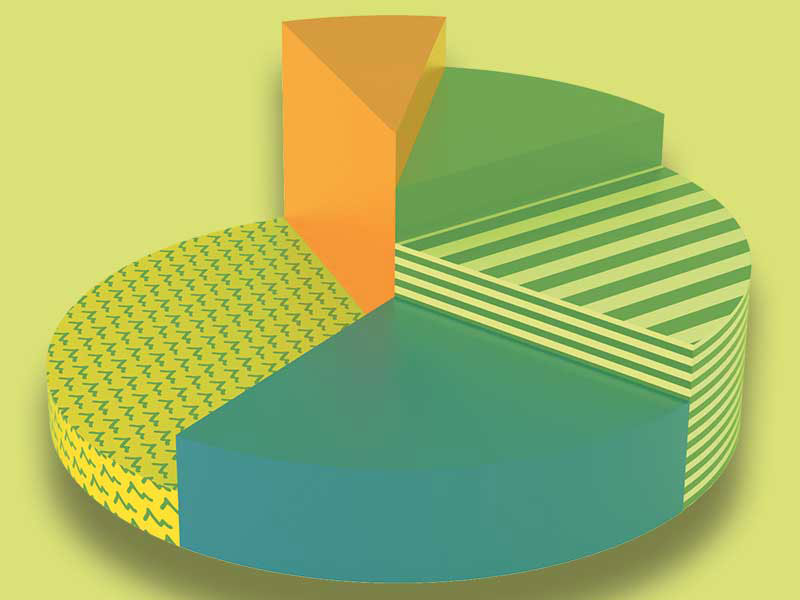
Bond portfolios took a beating in 2022 as interest rates climbed, but experts say investors shouldn’t neglect bonds this year as the Bank of Canada nears the end of its rate hike cycle.
Christine Tan, assistant vice-president, portfolio management, with SLGI Asset Management Inc., said high-quality bonds is where she’s looking for opportunity in 2023.
“We really like bonds, and where we’re going with bonds is we’re just keeping it simple,” Tan said.
Tan said because she believes Canada is closer to peak interest rates than the U.S., her bond allocation is overweight Canadian government bonds.
And, while she said that two or three months ago she would have looked to keep the bond duration short, she’s now looking at longer-term bonds.
“As you get closer to the end of a hiking cycle, you can start increasing the duration of the bonds,” she said.
Bonds weighed on investors’ portfolios in 2022 as the Bank of Canada waged its fight against decades-high inflation. The price of bonds has an inverse relationship with interest rates. When rates go up, the price of bonds in secondary markets goes down.
The Bank of Canada’s key interest rate target was 0.25% at the start of the year before it raised it seven consecutive times, bringing it to 4.25% in December. And, while the central bank hasn’t ruled out further rate hikes in 2023, it has softened its language and suggested additional increases will depend on economic data.
Meanwhile, the yield on a Government of Canada five-year bond, a key benchmark which ended 2021 at 1.25%, was nearly 3% at the end of 2022.
While that increase has driven up the cost of borrowing, highlighted by the higher cost of mortgages in Canada, it has also meant better yields for investors such as retirees looking for a steady source of income.
Stan Wong, a portfolio manager with Scotia Wealth Management, said he has his eye on several sectors for stocks next year including energy and health care as the economy faces a possible recession.
“Health care gives you a very good mix of earnings growth but also some defensive characteristics like a higher dividend profile and just the fact that it’s obviously something that people need, not something that they want,” he said.
“I’ve got a couple of consumer staples names like Krogers and Costco, but I think the alpha is going to come from financials, because I think they’re cheap. Energy should still do well and actually consumer discretionary.”
But, he said, now is not the time to abandon bonds just because they had a tough year in 2022.
“Finally, we’re getting some yield,” Wong said of bonds.
And, he said, if central banks pivot next year and beginning cutting interest rates, then bonds will also see capital gains.
Tan said 2022 was a particularly difficult year for retired clients who are drawing down their portfolios, with even a conservative balanced portfolio down 10% to 12% last year.
“Bonds are not sexy. But at the same time you don’t want to be taking on too much risk yet, because it’s still early in the recession,” she said.